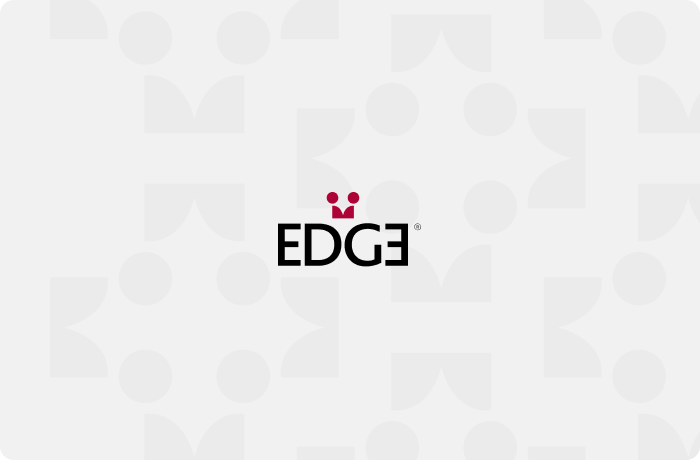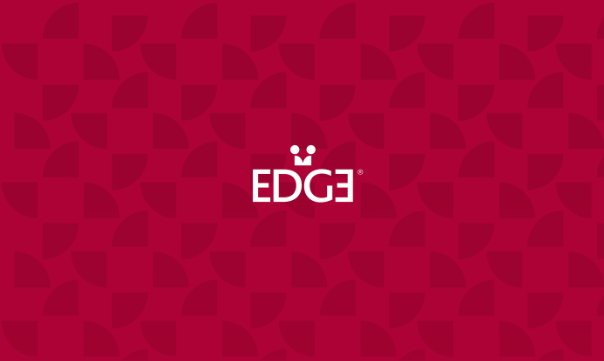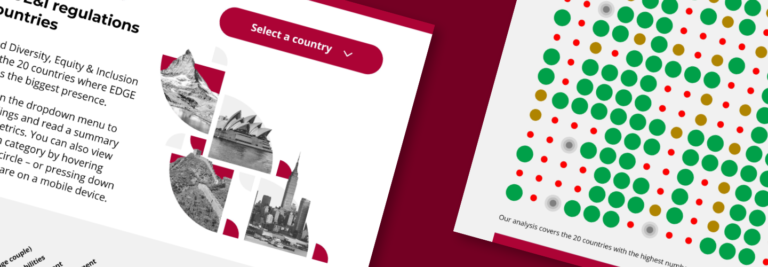Every organization is unique, and each is, or should be, on a journey towards gender balance, diversity and inclusion.
The problem for those looking to improve their standing in this area is that there are just so many variables. Different starting points, different national specificities in terms of policies and cultures, and different opportunities for industries when it comes to the available talent pool are just some of the hurdles to overcome. And this can either help or hinder an organization in its efforts to implement gender balance diversity inclusion.
But despite these differences, there are three fundamental characteristics required to successfully implement change and they apply regardless of the maturity of an organization, its location, and the industry it operates in.
Simply stated, they are that a programme needs to be intentional, prioritised, and must be measured.
Intentional change
Looking at the first, it’s clear that in fostering gender diversity and inclusion today, workplaces still need to evolve even though they look completely different compared to those of 20 years ago. The pace of change is not as fast as many would like, and it’s easy to be lured into thinking that change happens naturally and there is never any need for intervention because change always happens regardless.
However, there is nothing natural about changing the distribution of power and authority within an organization between a historically overrepresented group and that which is historically underrepresented. While we’re talking here about gender it applies equally to race and ethnicity, sexual orientation, or gender identity. In fact, inequity can relate to anything which makes one group historically overrepresented in an organization and another underrepresented.
Because change does not happen naturally there needs to be a very clear intention to implement change based on a well-defined view of why we are making it.
We need to understand why we want to redistribute power authority, why we want to have broader representation, and why we want to have gender balance diversity inclusion.
In other words, behind the intention to change there must be an understanding of why we are acting. This means considering the benefits to the organization, employees, men – the historically overrepresented group, and similarly, women, the historically underrepresented group.
Prioritised change
The second characteristic is a need for changed-related actions to be prioritised.
Organizations are fascinating. They are in a constant state of flux as priorities shift, leadership changes, and requirements change. There is much that happens in the life of an organization and its energy and attention can become polarised towards something that feels more urgent precisely because it is more immediate.
This is why it is important for gender balance diversity inclusion programmes to be considered as strategic and vital for the organization in achieving its mission. And when a programme is prioritised three things that happen as a result. The first is that the programmes gain the support of the top leadership team. Next, it gains the allocation of necessary resources. And thirdly, accountability for results becomes entrenched.
Measured change
And it’s this accountability for results that demands the third characteristic – measurement.
So, when we talk about accountability, which is key for progress, we need to be able to measure what has changed. This is why actions need to be intentional, prioritised, and have a very clear set of quantitative and qualitative measurements that allow an organization to understand what works, and why. We need to be able to reproduce actions and behaviours that lead to positive results. Likewise, by measuring change we can understand what does not work, and why, so that we can fine tune actions or discontinue them.
Following the EDGE methodology establishes a framework of measurement that looks at diversity-related indicators such as representation, talent in the pipeline, and where men and women are in relation to the jobs and functions that they occupy.
Once this is complete, we can consider equity related indicators around, for example, equal pay for equivalent work. But we also need to consider the effectiveness of policies and practices with the aim of constructing an organizational infrastructure which creates equitable career flows.
From here we are able to examine the all-important indicators that are linked to inclusion. By this we mean diversity-related indicators and representation, equity-related indicators and equity of pay, and equitable career flows supported by the organizational framework. Once these are in place, it is possible to then scrutinise inclusion-related indicators such as how employees feel about career development opportunities.
This robust framework of measurement – which is holistic and looks at both quantitative and qualitative indicators as well as processes and outcome – forms the backbone of a process that will sustainably support attention, focus, and energy on those actions which are, by definition, both intentional and prioritised.
Avoiding mediocrity
EDGE has established a global standard which drives organizations to not be introspective. While it’s a natural tendency for organizations to compare themselves with their peers within their own business sector or country, this might not be the right standard to use as a gauge, especially if it’s referring to the median of a very average performing group. It’s for this reason that global standards and independent third-party verification are valuable and powerful instruments of change.
Ultimately, no organization should adopt mediocre business practices just to fall in line with mediocrity in their industry. On the contrary, when it comes to the lifeblood of an organization it should want to be the best.
And this is exactly what EDGE seeks to do in diversity equity and inclusion. With a standard that highlights what are good employee representation, pay equity, effective policies and practices the appearance of what an inclusive culture looks like will become apparent.



